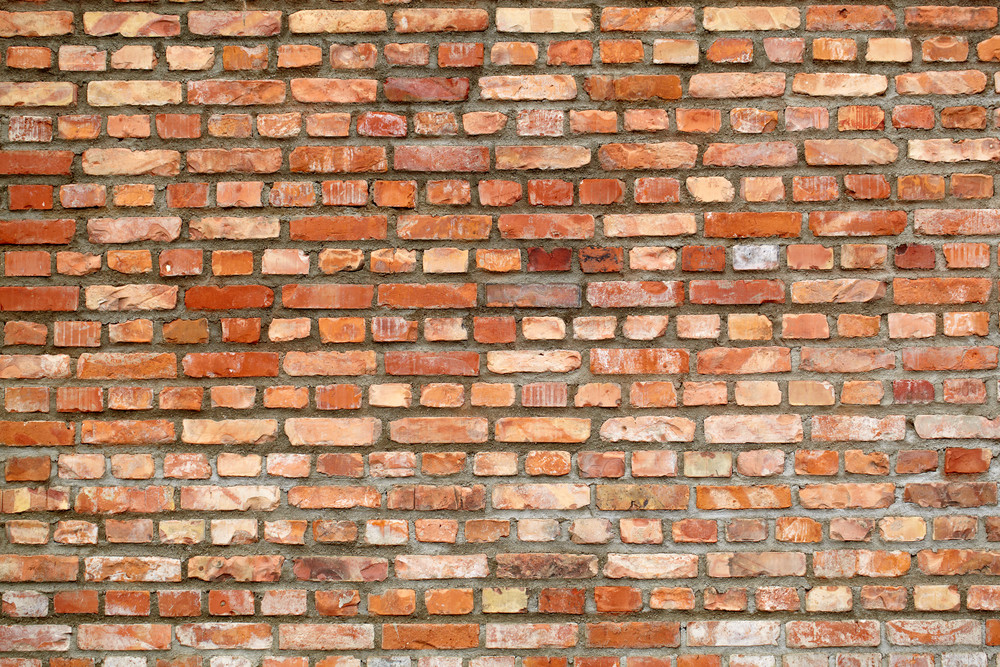
How to Replace and Repair Bricks
Maintaining the structural integrity and aesthetic appeal of brick buildings is essential, especially when confronted with weathered or damaged bricks. In such cases, two primary techniques are commonly employed: brick replacement and mortar repair. Understanding these methods and the steps involved can help ensure successful restoration efforts.
When facing decayed or damaged bricks, brick replacement is often the go-to solution. However, this approach may not always be feasible, particularly if finding a matching replacement brick proves challenging. In such situations, undertaking a mortar repair becomes necessary.
Mortar repair involves filling decayed brick material with specialized repair mortars. These mortars can be proprietary blends or mixtures prepared on-site using lime, sand, and brick dust sourced from the building itself. Brick repair in Dallas often utilizes these repair mortars to address weathered or damaged bricks without the need for complete replacement.
Achieving the right color and tone in mortar repair is crucial for seamless integration with the existing brickwork. This can be particularly challenging, given the variations in brick colors, especially in older buildings. Careful consideration and selection of mortar materials are necessary to ensure a visually cohesive repair.
Identifying and marking the bricks requiring repair is a critical initial step in the restoration process. This helps ensure that repairs are accurately executed and facilitates locating them afterward. In Dallas, where historic brick buildings abound, meticulous attention to detail in brick repair is essential for preserving architectural heritage.
The repair process typically involves removing decayed material from the brick surface, priming it with a watered-down version of the repair mortar, and applying the mortar in layers. Each layer is scored or keyed to promote adhesion and ensure a durable repair. Excess mortar is scraped back and shaped before setting to achieve a smooth finish.
To protect the repair from adverse weather conditions, such as frost or rapid drying, appropriate precautions are taken. These may include applying protections such as hessian sacking to the repair site.
In some cases, tinting the brick surface may be necessary to blend it seamlessly with the surrounding brickwork. This involves mixing a small amount of pigment with a fixative and dabbing it onto the surface to achieve the desired color match.
Finally, re-pointing the joints surrounding the repaired bricks completes the restoration process, ensuring structural integrity and a polished appearance.
In conclusion, whether in Dallas or elsewhere, replacing and repairing bricks requires careful planning, skillful execution, and attention to detail. By understanding the techniques involved and following the appropriate steps, brick restoration projects can breathe new life into weathered or damaged structures, preserving their beauty and heritage for generations to come.




